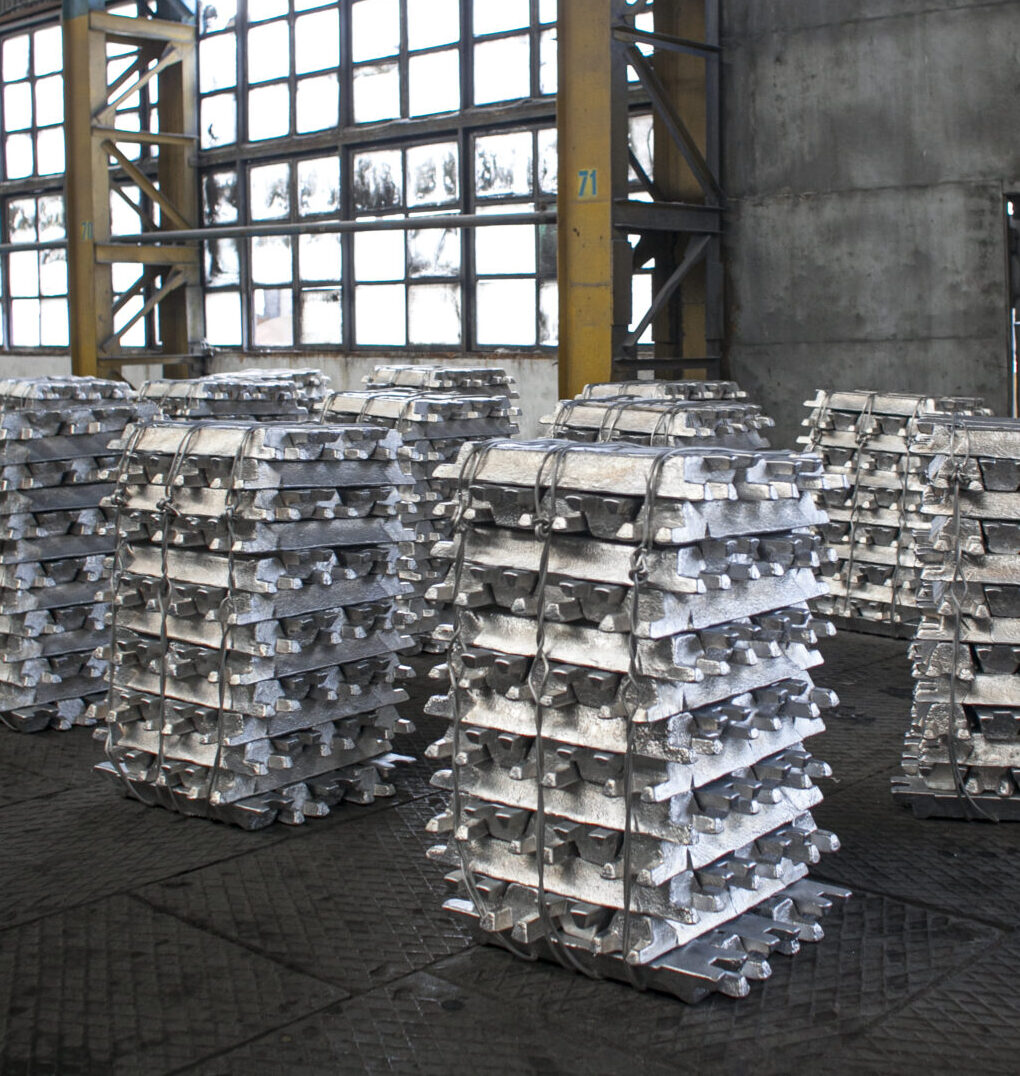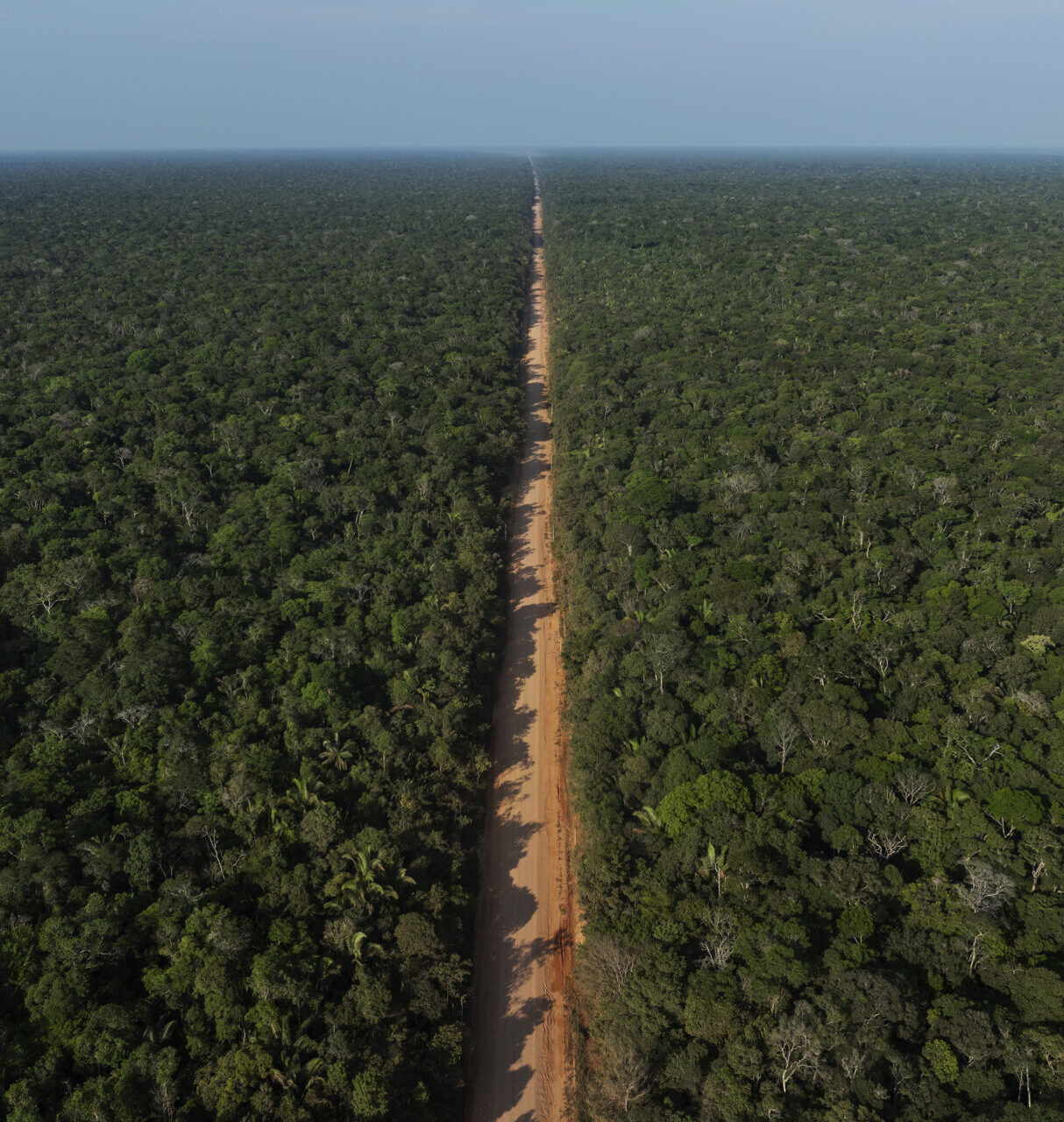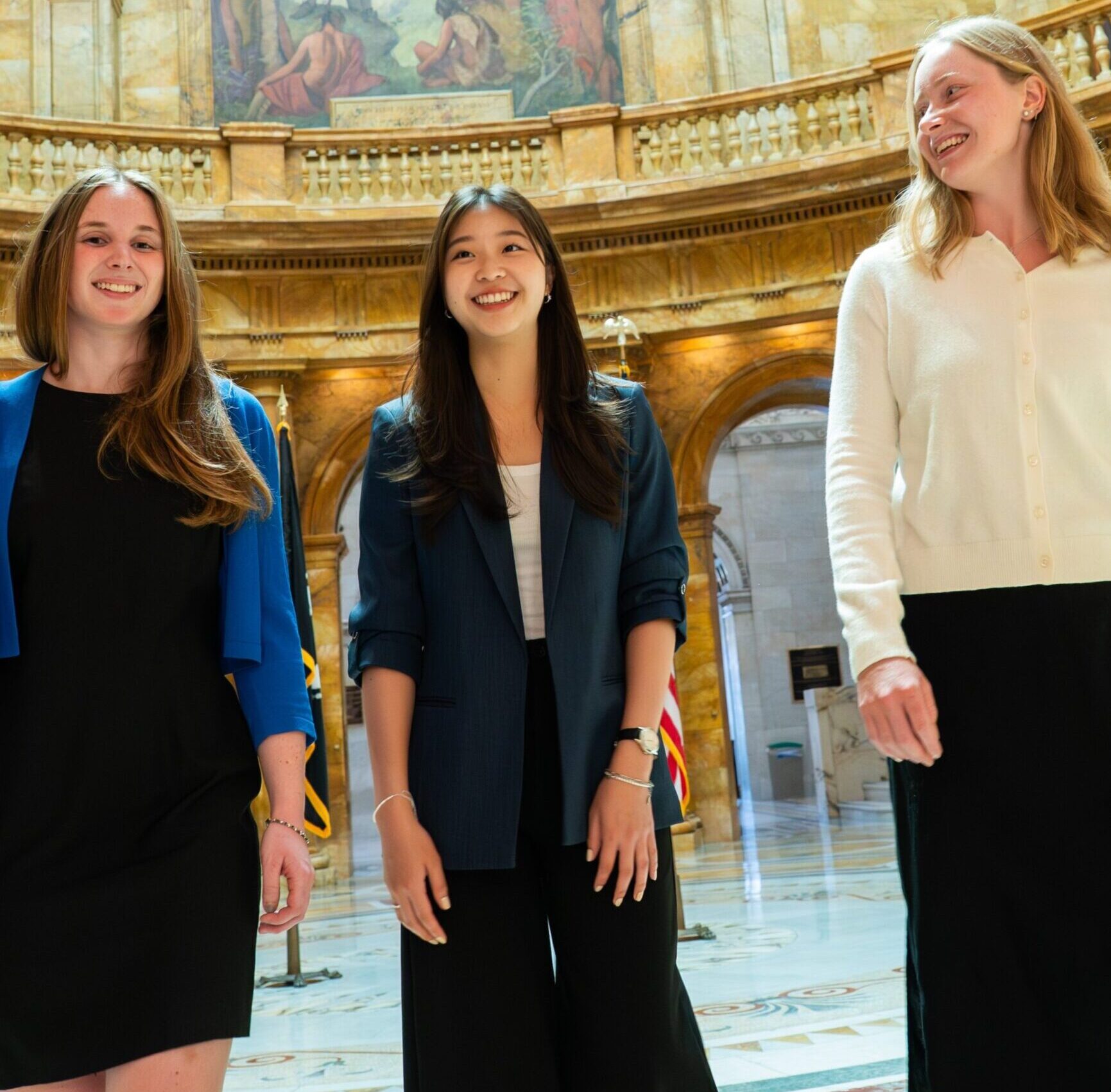Might research on solar geoengineering resemble its broader "free-driver" dynamics?
It’s called “re-search” for a reason. You search, you search, and you search again. It also means that researchers will naturally tackle the low-hanging fruits first. Unearthing the harder bits just takes time. That’s the natural flow of things, and solar geoengineering research is unlikely to be different.
The broader implications for solar geoengineering and its possible role in climate policy, however, might well be.
Contrast solar geoengineering with cutting emissions in the first place. The Economics 101 analysis of emissions cuts is all about how hard it will be to do so. It’s a collective action problem after all, what economists call a “free-rider” problem: It’s in nobody’s immediate self-interest to go first, and, in any case, individual action won’t do.
Using these Econ 101-style models paints a disheartening picture. Domestic carbon prices will be too low, UN treaties won’t work, and sensible climate action will be too late. Climate change, after all, is the perfect problem.
Meanwhile, the world does, in fact, invest hundreds of billions of dollars into low-carbon technologies, many countries and jurisdictions pursue ambitious climate policies…Things look bad but not that bad. Economics 101 alone could not explain any of that, much like it can’t explain why people vote, display any kind of “prosocial” behavior, and do much of anything else that’s not in their narrow, immediate self-interest.
It takes Economics 102—and other, richer, more sophisticated lenses—to shine a more nuanced light on the problem, and on the possible solutions. (Yes, economists even have a sophisticated model for “prosocial” behavior.)
What if this exact dynamic between what 101-style results suggest and what broader, more nuanced research reveals reverses for solar geoengineering?
The “fast, cheap, and imperfect” moniker for solar geoengineering is an apt one. The first two properties—“fast” and “cheap”—also show directly why the Econ 101 analysis of solar geoengineering points to it having the exact opposite properties from cutting emissions. Call it the “free-driver” effect: The direct engineering costs are so low, and the technology is so potentially powerful, that, if anything, the world will go down a path of doing too much, too soon.
The third property—solar geoengineering being clearly “imperfect”—previews the wider point: 101-style analysis is simply not enough. It’s the deeper, more difficult research that’s more likely to uncover more of the imperfections.
Digging deeper likely unearths questions—and hopefully some answers—that a first-level analysis might miss. Witness the fact that it took a quarter century after the eruption of Mt. Pinatubo lowering global average temperatures by 0.5°C for a Nature cover article to estimate global agricultural effects from scattering sunlight. And that article, too, will hardly be the final word even on its relatively narrow question. (For example, it appears to miss the carbon dioxide fertilization effect that might well reverse the main conclusion.)
Significant portions of solar geoengineering research, however, are very much focused on “idealized” scenarios. Climate model runs that proxy for stratospheric aerosols by turning down the sun likely make things look better than more complex, sophisticated analyses.
This is not a criticism of these first-level, “idealized” research efforts. If anything, it is a call to quickly ramp up the ambition of the overall research effort to move from “Solar Geoengineering 101” to more sophisticated analyses.
Solar Geoengineering 101, after all, often seems to mirror its broader free-driver dynamics, pointing to too much, too soon—the fact that solar geoengineering appears to look “too good.” Much like it takes 102-style analysis to get to a better answer for cutting emissions, the same goes for solar geoengineering and its possible role in a broader climate policy portfolio.
Moving beyond the low-hanging research questions to probing deeper, secondary questions may well lead to fundamentally different answers.
As many good arguments do, the points in this post first appeared on Twitter.










